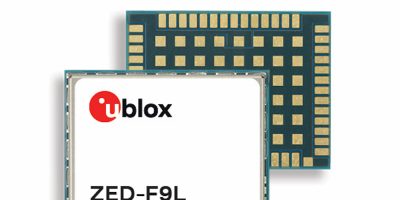The ASM330LHB is an automotive-qualified MEMS inertial-sensing module by STMicroelectronics. It provides measurements for a variety of vehicle functions and is provided with dedicated software which addresses functional-safety applications up to ASIL B1.
The module contains a three-axis digital accelerometer and three-axis digital gyroscope and provides a six-channel synchronised output. The inertial measurements can improve the precise positioning of the car in context, said ST. It can support ADAS (advanced driver assistance systems) or vehicle to everything (V2X) communication, help stabilise key sensing systems like radar, lidar and visual cameras, and assist semi-automated driving applications up to L2+. It can also be used to enable a variety of functionalities in the car body, added ST.
Used with the companion software, the ASM330LHB supports automotive systems that require safety integrity up to level B. Using two ASM330LHB sensor modules for fail-safe redundancy delivers resilient contextual data for driver-assistance applications, such as lane centring, emergency braking, cruise assistance and semi-automated driving. The ASIL B -compatible software library has been developed in accordance with the automotive functional-safety standard ISO 26262 and certified independently by TÜV SÜD. The library implements dedicated safety mechanisms, including data integrity and accuracy to ensure compliance with ASIL B automotive systems.
The ASM330LHB has embedded intelligence to add new services about the car status when the driver is away. The integrated machine learning core draws just a few microA of current, said ST and a machine learning algorithm can detect events such as theft attempts, jacking-up or towing, or impacts from other vehicles.
By monitoring threshold combinations, the integrated finite state machine can detect when the vehicle is in motion or stationary, and for sensing vibrations or instability.
The accelerometer and gyroscope inside the module maintain high stability over time and temperature and have very low noise, achieving an overall bias instability of three degrees per hour. The ASM330LHB operates over the extended temperature range of -40 to +105 degrees C and has multiple operating modes that let designers optimise the data-update rate and power consumption.
The ASM330LHB is AEC-Q100 qualified and in production now in a 2.5 x 3.0mm 14-lead VFLGA package.







